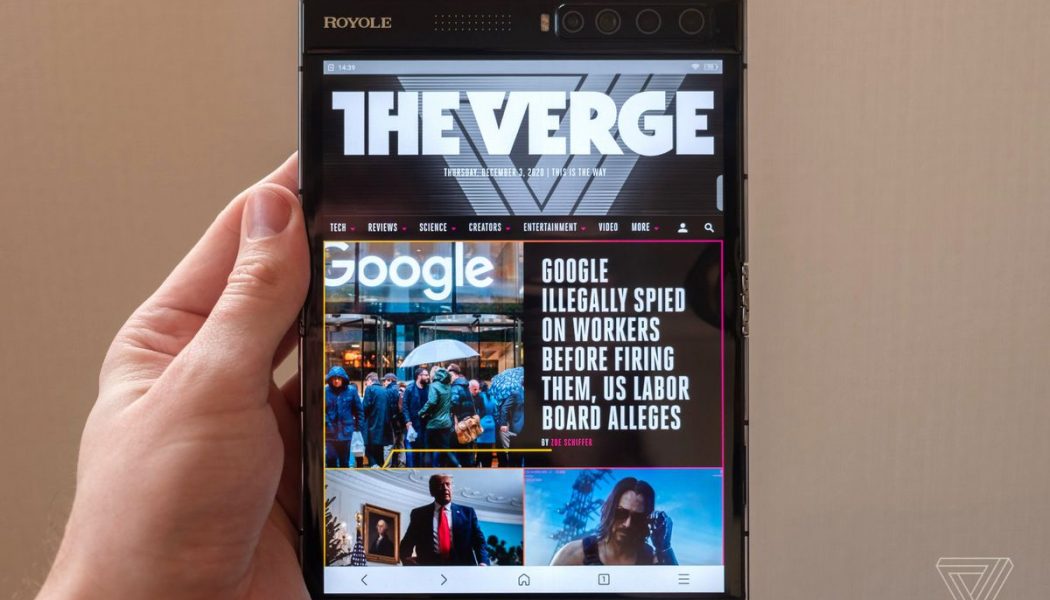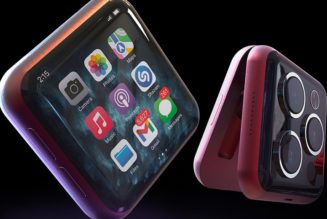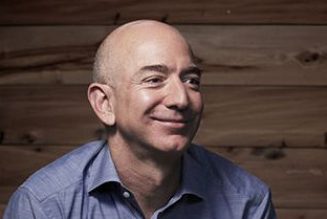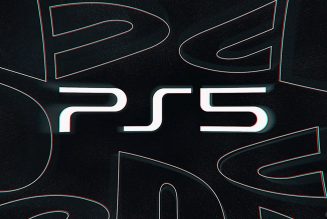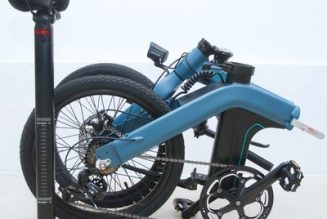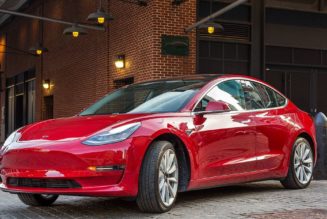Remember the first folding phone? No, not Samsung’s ill-fated original Galaxy Fold — the one that beat it to market. In hindsight, and honestly in foresight back then as well, Royole’s FlexPai was a hurried attention grab that existed solely to attain world-first status. But it’s not like it came out of nowhere; Royole had been set up several years earlier solely to develop flexible screen technology, so it’s understandable that the company would want to get ahead of Samsung to show off what it could do. A flex, if you will.
Unfortunately, the FlexPai was bad. But now there’s a FlexPai 2, and it’s surprisingly pretty good. I’ve been using a Chinese model for a while and can report that it’s a big improvement over the original, with some neat refinements to the design. Samsung won’t have much to worry about, but that’s not necessarily the goal here.
Royole doesn’t just see itself as a consumer electronics company. It has partnerships with hundreds of brands that see it providing flexible display and sensor technology to the likes of AirBus, Toyota, and Louis Vuitton. A Royole representative tells The Verge that the company is pleased with the FlexPai 2’s performance in China so far, but wouldn’t disclose sales data. At roughly $500 cheaper than Samsung’s Galaxy Fold 2, though, it’s worth a look however many units it sells.
Royole also says it plans to announce global availability early next year. As such, this isn’t a full review of the FlexPai 2 — my review unit was loaded with Chinese-only software, so I can’t tell you much about the daily-driver experience. I can, however, tell you that the hardware is quite impressive.
:no_upscale()/cdn.vox-cdn.com/uploads/chorus_asset/file/22140904/DSCF7461.jpg)
:no_upscale()/cdn.vox-cdn.com/uploads/chorus_asset/file/22140905/DSCF7457.jpg)
:no_upscale()/cdn.vox-cdn.com/uploads/chorus_asset/file/22140906/DSCF7465.jpg)
The FlexPai 2 folds the opposite way to Samsung’s Galaxy Fold devices; that’s to say that the main screen goes around the outside of the curve rather than the inside, so it remains exposed when the hinge is closed. It’s the same approach seen in Huawei’s Mate X folding phones. When folded, the FlexPai 2 is about the same size and shape as a passport, while the unfolded screen is comparable to an iPad mini.
You really get three screens in one with the FlexPai 2, although you only use one at once. The display is a 7.8-inch 1920 x 1440 4:3 panel which turns into a 5.5-inch 1440 x 900 16:10 panel or a 5.4-inch 1440 x 810 16.9 panel when folded, depending on which half you’re looking at. The reason it doesn’t fold evenly is because there’s a large bezel on one side of the screen that houses the phone’s quad cameras.
Build quality is solid, although a slightly thicker plastic gasket on the opposite side of the screen to the cameras betrays the need for a little more durability protection than on your average smartphone. The phone feels great when unfolded, though, with a 6.8mm-thick slimline metal frame, and the hinge is smooth and torquey, without the awkward rubber concertina of the original FlexPai. One advantage of Royole’s new design over Samsung’s is that it can be folded tight without leaving a gap between the two halves of the screen.

The disadvantage is apparent in the display. The OLED panel itself looks decent enough, with good contrast and brightness, and while the resolution isn’t class-leading it’s sharp enough at 308 ppi. The problem is that because the screen has a larger bend radius than the Galaxy Fold’s, which folds at an acute angle on the inside, more of that crease is visible when the phone is unfolded. Basically, the crease is much bigger. I don’t find it too distracting, as it’s only really visible when light catches it the wrong way. But you can definitely feel the hinge behind the screen whenever you swipe across the middle, which isn’t ideal.
I can’t really speak to durability other than to say I haven’t seen any problems in my month-plus with the device. I asked Royole for details on its own ULT-NSSP material used in the “Cicada Wing” display, and a representative wouldn’t confirm whether it was plastic or glass, only saying it’s “composed of ~100 micro-nano materials.” They also said it’s “shatterproof and functional after close to two million folds,” which makes me think it’s plastic. It definitely feels like plastic. But so does Samsung’s “ultra-thin glass,” so. Just know that Royole is not yet the one to make folding screens feel premium to the touch.
The FlexPai 2 has high-end specs inside, with a Snapdragon 865 processor, up to 12GB of RAM, and a 4,450mAh battery. I found performance to be pretty good, with few of the software issues that plagued the original FlexPai whenever you wanted to switch up the orientation. As I mentioned before, I haven’t been able to use this as a primary device because of its onboard software, but Royole’s WaterOS does seem to have been improved quite a bit from the original FlexPai.
:no_upscale()/cdn.vox-cdn.com/uploads/chorus_asset/file/22140907/DSCF7462.jpg)
At 9,998 yuan, or roughly $1,500, the FlexPai 2 is still not exactly cheap. And Royole’s status as a newcomer to the mobile industry is another good reason to view the device with suspicion. But my experience of the hardware has been fairly positive, and Royole’s screen technology may well find itself into phones from other companies at some point; ZTE has been touted as an early partner.
It’s still hard to recommend buying a folding phone from anyone, but Royole does deserve some credit for making a major improvement on its initial effort. The original FlexPai was a hasty attempt at notoriety, but its sequel feels like a much more credible device. If Royole can nail the software and maybe get the price down a little further for a Western release, it could be worth a look if you’re enamored with the form factor.
